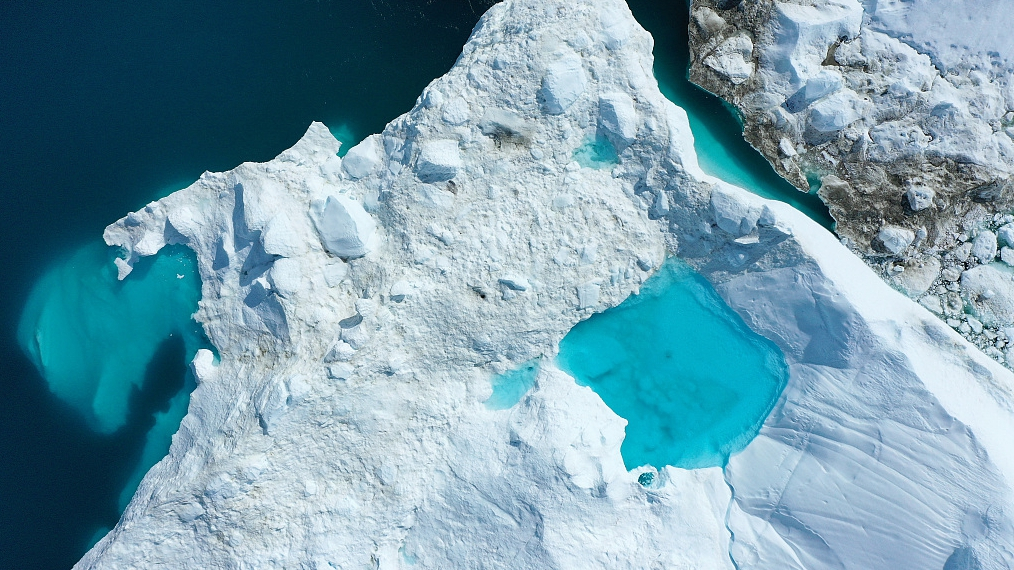
Since leaders first started talking about tackling the problem of climate change, the world has spewed more heat-trapping gases, gotten hotter and suffered hundreds of extreme-weather disasters. Fires have burned, ice has melted and seas have grown.
The first United Nations diplomatic conference to tackle climate change was held in Rio de Janeiro in 1992. Here's what's happened to Earth since:
- The carbon dioxide level in the air has jumped from about 358 parts per million to nearly 412, according to the U.S. National Oceanic and Atmospheric Administration (NOAA). That's a 15 percent rise in 27 years.
- Emissions of heat-trapping carbon dioxide from fossil fuel and industry jumped from 6.06 billion metric tons of carbon in 1992 to 9.87 billion metric tons in 2017, according to the Global Carbon Project. That's a 63 percent increase in 25 years.
- The global average temperature rose a tad more than a degree Fahrenheit (0.57 degrees Celsius) in 27 years, according to NOAA.
- The annual average extent of Arctic sea ice has shrunk from 4.7 million square miles (12.1 million square kilometers) in 1992 to 3.9 million square miles (10.1 million square kilometers) in 2019, according to the National Snow and Ice Data Center. That's a 17 percent decrease.
- The Greenland ice sheet lost 5.2 trillion tons (4.7 trillion metric tons) of ice from 1993 to 2018, according to a study in the Proceedings of the National Academy of Sciences.
- The Antarctic ice sheet lost three trillion tons (2.7 trillion metric tons) of ice from 1992 to 2017, according to a study in the journal Nature.
- The global sea level has risen on average 2.9 millimeters a year since 1992. That's a total of 78.3 millimeters, or 3.1 inches, according to NOAA.
(Top image via VCG)
Source(s): AP